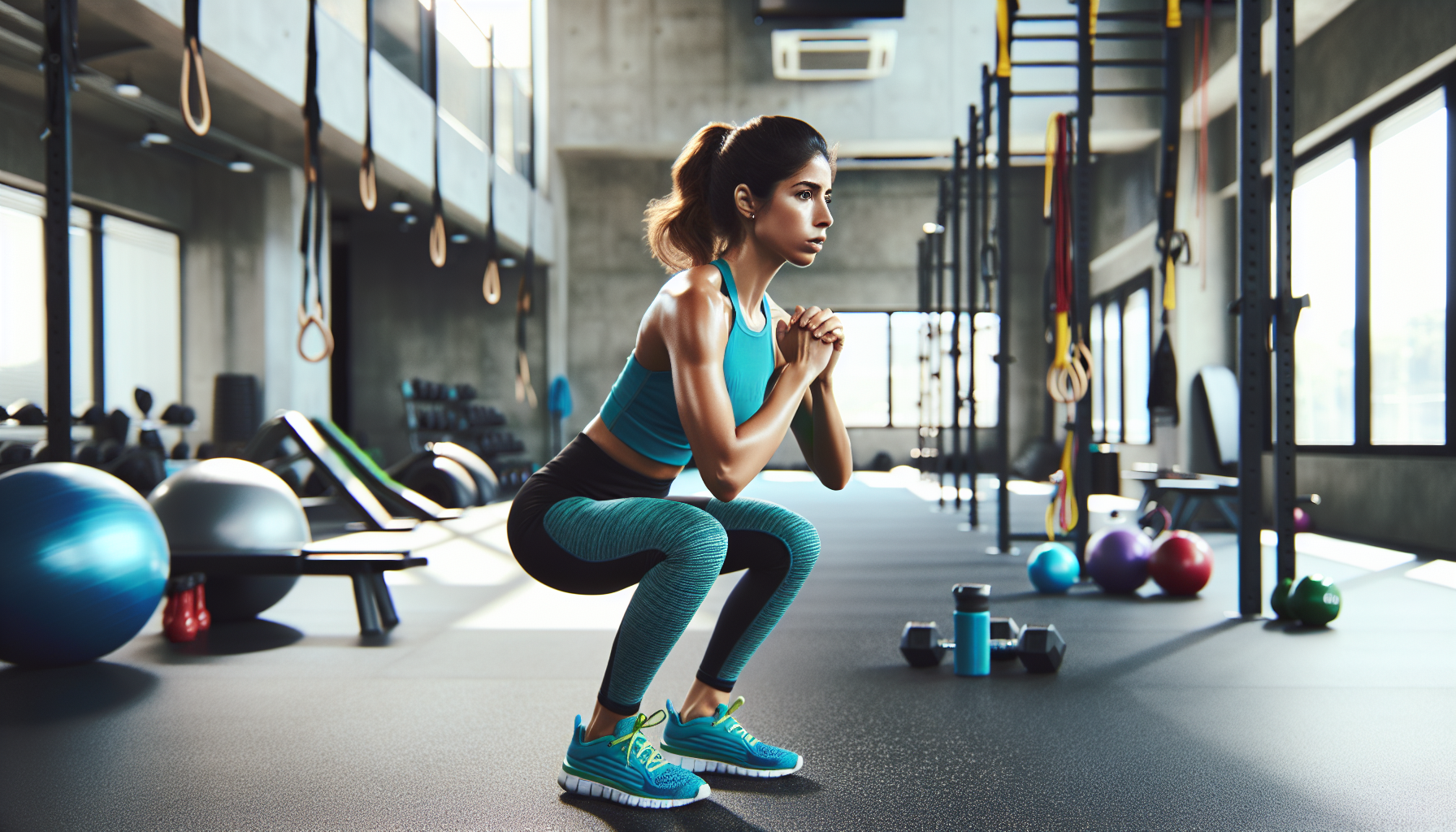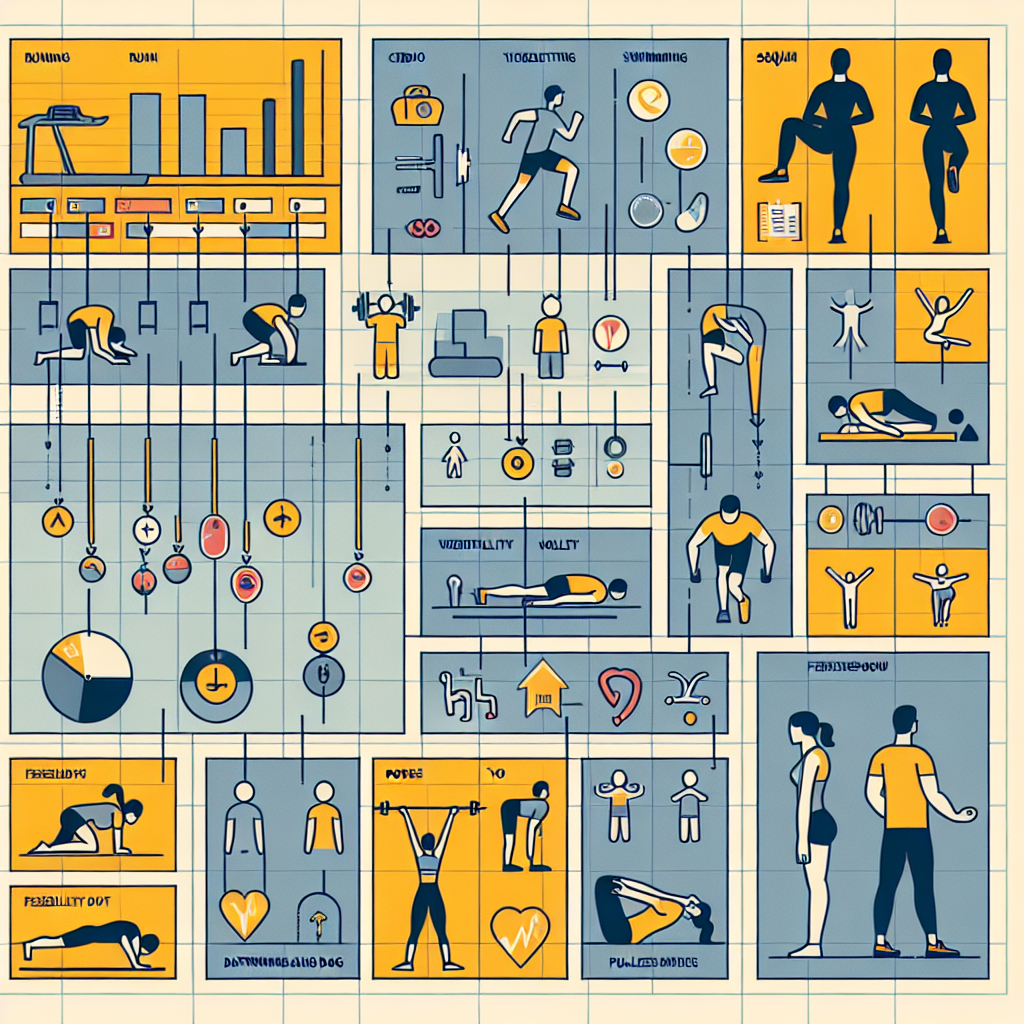Full-body workouts are a comprehensive approach to exercise that can benefit nearly every aspect of your health and well-being. By engaging multiple muscle groups, these workouts can improve cardiovascular health, enhance muscular balance, and boost overall fitness. This article will guide you through the essential tips for creating an effective full-body workout routine.
Understand the Basics of Full-Body Workouts
A full-body workout targets all the major muscle groups in your body during a single session. This can include exercises for your arms, legs, back, chest, and core. The idea is to work out these muscles in a way that promotes balanced development and prevents overtraining any specific area.
The Role of Compound Movements
Compound exercises are movements that engage two or more different muscle groups at the same time. These are crucial for full-body workouts because they allow you to work on multiple areas of your body simultaneously. For example, squats engage your quadriceps, hamstrings, calves, and glutes, as well as your core for stability.
Frequency and Recovery
How often should you do a full-body workout? The answer depends on your fitness level and goals. For most people, 2-3 sessions per week allow for adequate recovery between workouts. Recovery is just as important as the workout itself, as it’s during this time that your muscles repair and grow stronger. To aid in recovery, ensure you’re properly hydrated and consuming enough protein to repair muscle tissue.
Plan Your Workout Structure
To get started, plan a workout that includes a variety of exercises targeting all the major muscle groups. Here’s a basic structure to guide you:
-
Warm-Up (5-10 minutes): Start with dynamic stretching or light cardio to increase blood flow and prepare your muscles for exercise.
-
Strength Training (20-40 minutes): Rotate through exercises that work different muscle groups. Include compound movements like deadlifts, bench presses, and pull-ups.
-
Core Exercises (5-15 minutes): Strengthen your core with movements like planks, Russian twists, and leg raises.
-
Cardiovascular Training (10-20 minutes): Finish with a short cardio session to boost your heart rate and improve cardiovascular health.
-
Cool Down (5-10 minutes): End with static stretches to improve flexibility and reduce muscle tension.
Incorporating Variety and Progression
To prevent plateaus and maintain progress, it’s essential to vary your exercises and gradually increase the intensity of your workouts. This can be done by adding more weight, increasing repetitions, or incorporating advanced techniques like supersets or drop sets.
Focus on Form and Technique
Proper form and technique are paramount to prevent injury and ensure that you’re effectively working the intended muscle groups. For instance, when performing a squat, keep your feet shoulder-width apart, back straight, and lower down as if you’re sitting back into a chair. Rising from the squat, drive through your heels, and engage your glutes.
Importance of Holistic Health
While exercise is crucial, it’s just one aspect of a healthy lifestyle. Full-body workouts can contribute to bone health by promoting bone density, especially with weight-bearing exercises. Additionally, consider your diet and ensure it supports your fitness goals, with a focus on whole foods that provide essential nutrients and energy.
Supplement Your Workouts with Other Activities
To complement your full-body workouts, consider integrating activities that promote other aspects of health, such as flexibility and balance. Yoga, for example, can enhance these areas while also providing mental health benefits. Check out this article on Beginner-Friendly Yoga Poses for Fitness for some ideas.
Utilize External Resources
Incorporating knowledge from various high-quality external resources can further enhance your workout routine. For insights into advanced training techniques, visit sites like ExRx.net, which provides a vast exercise library and training advice. Additionally, ACE Fitness offers valuable information on exercise science and workout trends.
Conclusion
Full-body workouts are an efficient way to exercise, providing numerous health benefits and promoting overall well-being. By understanding the basics, structuring your workouts effectively, focusing on form, and incorporating variety, you will set the stage for a successful fitness journey. Remember to also pay attention to diet, hydration, and recovery to support your workout goals.
For further reading on enhancing your fitness routine, consider exploring the following articles:
- The Importance of Aerobic Capacity in Endurance Sports
- The Role of Hydration in Exercise Recovery
- How to Achieve Better Balance in Fitness Routines
By integrating these practices into your lifestyle, you’ll be well on your way to achieving a balanced and healthy body through full-body workouts.



